Issues Keeping You From Mountain Biking at Your Best, Part 2.
Fear, the killer! Fear is a topic we deal with a lot in our skills camps. Even with new and/or greatly improved skills from our camp fear can still hold you back. With this in mind I will share some ways we help our students manage their fear while mountain biking. Fear does have a purpose and it isn’t always a bad thing, appropriate fear (fear that keeps you from doing something you lack the skill to do safely) can keep you safe and save you from injury! We are going to focus on inappropriate fear (fear that is either based in fantasy or fear that doesn’t equal the risk at hand).
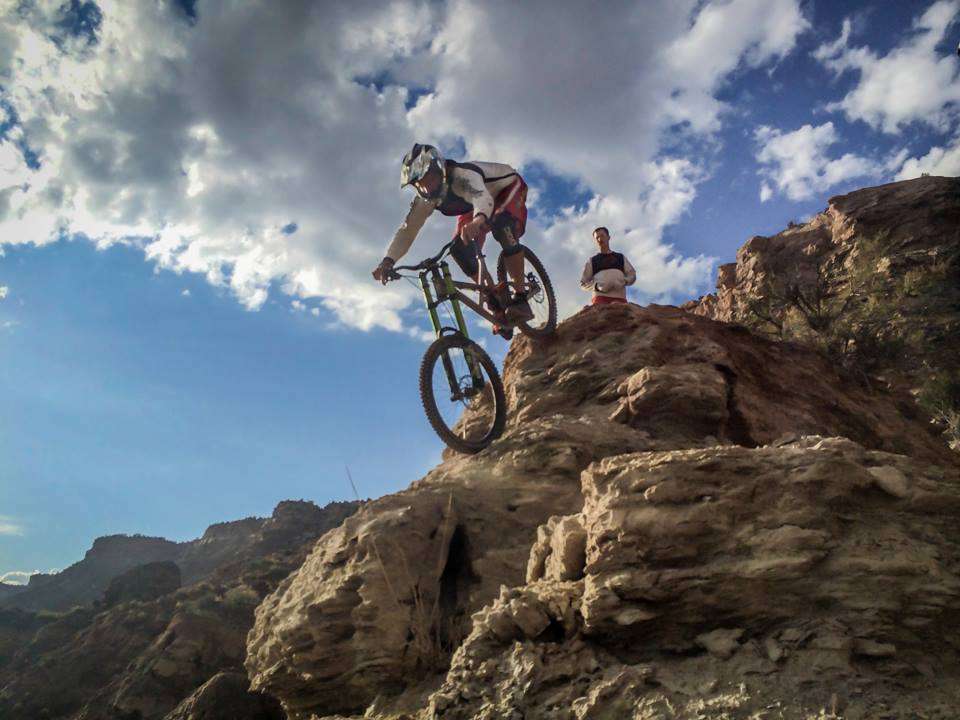
You can see from body position I was a little scared here (my weight is a hair too far back instead of being centered) and on King Kong trail a little fear keeps you safe! A lot of fear would of probably caused me to crash.
Of course skill is the number one factor in overcoming fear, imagine our students who race World Cup downhills like National Champions Luca Cometti, Mitch Ropelato and Jackie Harmony riding your local trails. I doubt they would be scared of that section that scares you on your local trail (as World Cup Tracks are gnarly!). They have worked hard on ingraining the correct riding techniques so they are riding in balance and in control consistently so while they may have less “nerve” than you they have great skill. I’m not trying to sell our coaching though, here are some ways to overcome fear with the skill you currently possess.
1. Go at your own pace and take “baby steps” when progressing. Taking a big leap over your comfort zone is not a good way to learn. Have you ever been goaded into doing something that you felt was way above your skill level? Even if you make it you often don’t feel like you have gotten better, you feel like you got lucky. Feeling, “Holy cow, I nearly died, that was sketchy!” does not make you feel confident! If you don’t make it, the crash will often set you back, decreasing your confidence and raising your level of fear. So be gentle with yourself and progress at a pace that is comfortable to you.
2. Focus on what you want to do, not what you don’t want to do. This sounds simple but pays off big. Our brains don’t understand “not” and “don’t” very well. If you are focusing on not falling your brain has to focus on the concept of falling and then quickly try to refocus on “not” doing what you are thinking about. It is much easier to focus on “getting to that tree” or “ride this section smooth and light” than telling yourself “don’t fall”.
2.5 Ride that trail with confidence! Focusing on not falling does not put you in a confident state and studies have shown that we become less coordinated as our confidence drops. As I have stated in previous blog posts mountain biking is an offensive sport! This means we should always ride on the offense or get off and walk! Mountain biking defensively will get you hurt as you are focusing on what you don’t want to do and you are less coordinated.
3. Live to ride another day! If you are more focused on “not falling” than you are on getting to where you are going, get off your bike and walk that section. Who knows you might go right through it the next time when you are more warmed up and/or focused.
After/while walking that section figure out what about that section is scaring you then “baby step” your way up to doing it.
Example: If a four-foot drop on an exposed trail is scaring you find a one foot drop with no exposure, get really good a hitting that, work your way up to a four-foot drop with no exposure, then an exposed trail with a one foot drop working all the way to a four-foot drop on an exposed trail. This builds on a series of successes, increasing your confidence!
4. Breathe, relax, breathe and smile it is just a bike ride. Breathing and smiling releases tension which improves our balance, coordination and confidence. I mean deep, belly breathes from your diaphragm which are very calming. Smiling releases endorphins which relax you. The simple act of lifting the corners of your mouth, even if it is a grimace will release those endorphins and relax you!
7. As you improve make sure you update your self concept to match. Remember that the past doesn’t equal the future. You may have wrecked or not made a section last week/month but if your skills have improved since then the section may be easier for you now.
Example: We used used to race down the Porcupine Rim climb in Moab (from Lazy Man’s to the stock tanks) and there was a section most of us referred to as “the Gnarly Section”. It was a two foot rock drop into a field of “baby head” rocks and ledges. When I first raced it in 1994 on a hardtail with a 1.5″ travel Mag 20 fork it was kind of gnarly! By 1998 my bike had gone from hardtail to 6″ of travel front and rear and I had ridden that track over 50 times and raced it 10 times (we got two race runs back then!). On my first race run in 1998, I railed the corner before that section and said to myself, “here comes the gnarly section”, what do think saying that made me do? If you guessed, “tense up and slow down a little bit” you are correct! After that run it occurred to me that I had ridden that section at least 61 times and never crashed in it. If you can ride something cleanly 61 times out of 61 attempts is it really gnarly? I realized my bike had gotten way better and I had become way more confident a rider so why did I fear this section and call it “the gnarly section”? I decided to change the name of the section to, “that fun rocky section”, which, on my 6″ travel Yeti Lawwill it was! On my second run, as I railed that corner and said, “here comes the fun rocky section” do you think I slowed down and tensed up? No, I smiled, relaxed and probably snuck in a few pedal strokes!
So, don’t do what I did for five years, failing to update my self-image as a rider. As you improve make a conscious effort to raise your self-image as a rider!
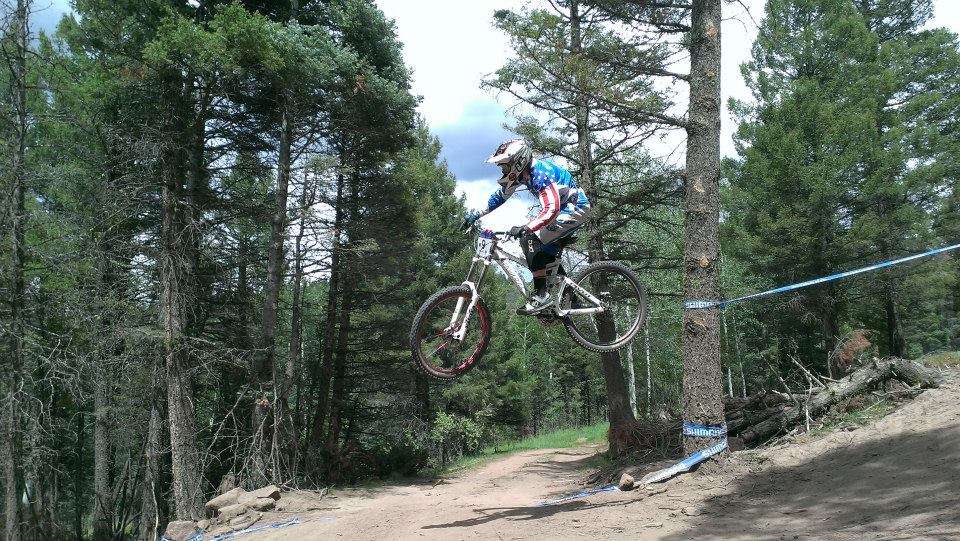
BetterRide Coach and National Champion Jackie Harmony experiences fear too, she just as more confidence than most riders so it takes a tougher trail for fear to affect her.
7. Wear knee pads and elbow pads when practicing a tough section are learning a new skill. I have found that having padding on really increases your confidence when learning or trying to push your limits. As a matter of fact I never ride without knee pads anymore, knees are too valuable and easily damaged!
8. Debunk your fear/s. Is your fear realistic? Often fear is not based in reality and when we realize this the fear goes away.
Example: I was working with a pro downhill racer on calming his pre-race nerves and I kept asking him, “why are you nervous?”, finally after four of five answers that couldn’t be the main cause of his nerves he said, “I don’t want to let my wife and kids down.” I then asked, “so you doing well in a bike race is really important to your wife and kids? If you do poorly they will lose respect for you and love you less?” He laughed and said something like, “no, my wife and kids see how hard I train and want me to do well but I’m pretty sure they don’t base their love for me on how well I race my bike.” When we got him to bring this fear into the light he realized it was completely made up and he was putting a lot of unnecessary pressure on himself. After this he still got nervous before a race but the appropriate amount, enough to give him energy but not hurt his performance.
9. Learn from your mistakes. If you mess up or wreck do your best to figure out why it happened and correct that mistake or improve your technique so it will not happen again.

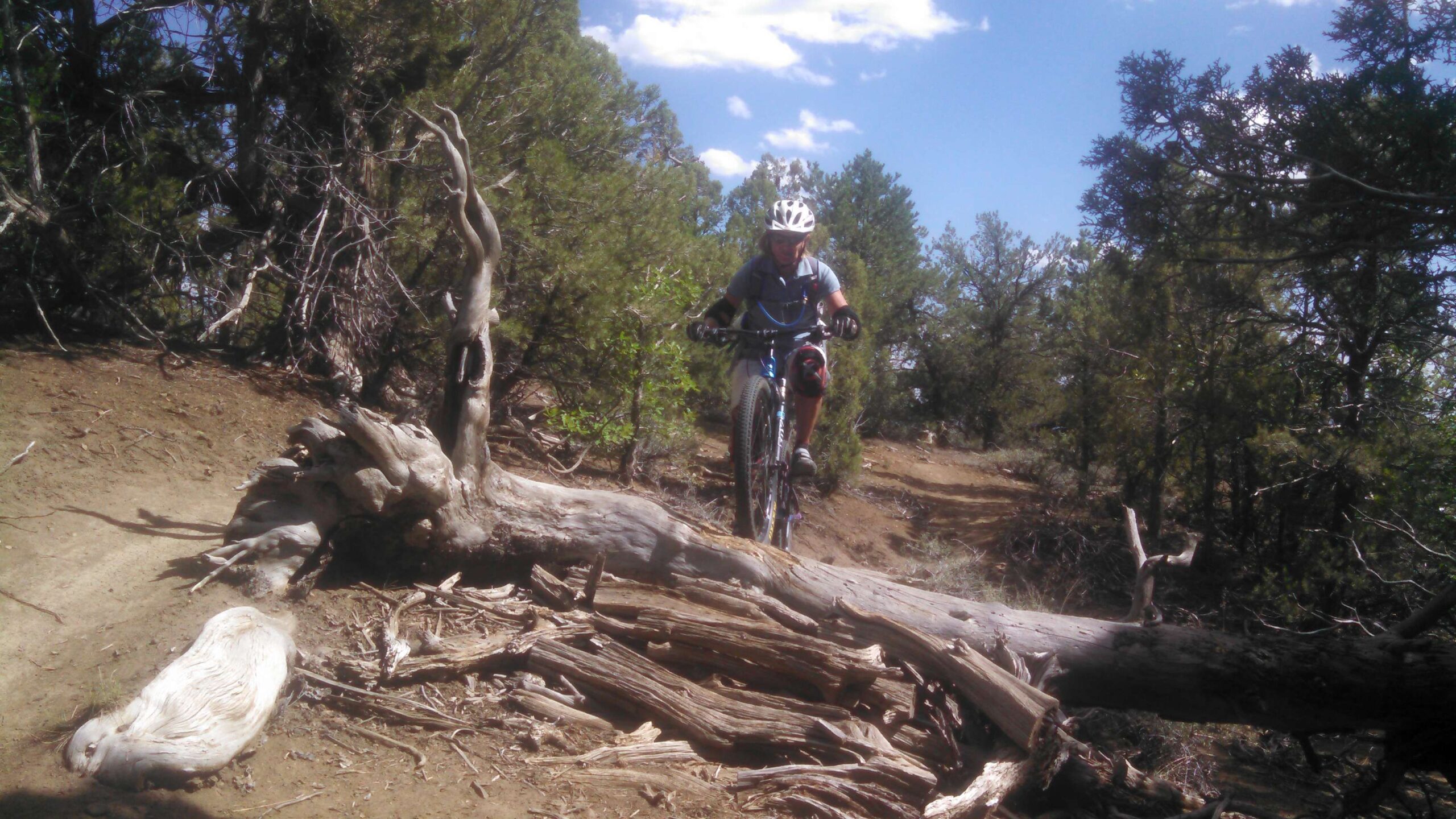
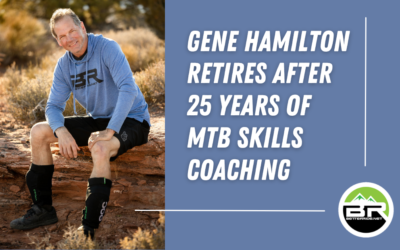
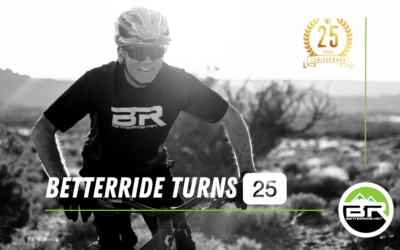
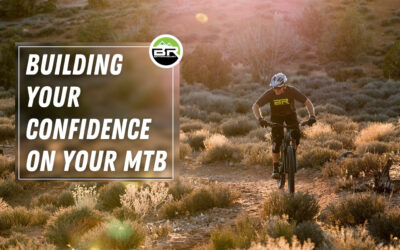
Comments